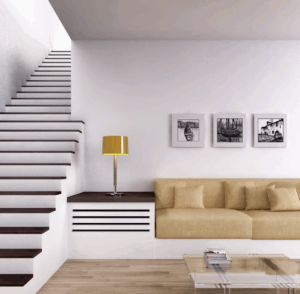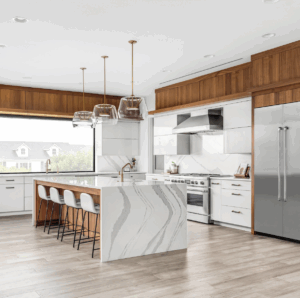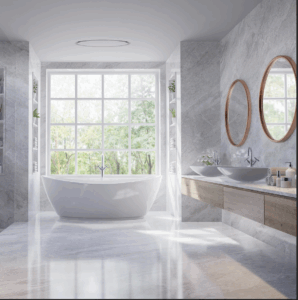
IAQ
Rebuilding Better: Why Airflow Deserves a Front-Row Seat in Residential Renovation
By Marc Mascarello, Head of Design at Invi Air


In the world of residential renovation, HVAC design is often considered last, after walls are framed, finishes are chosen, and duct runs are partially mapped. While mechanicals are critical to how a space performs, they’re rarely treated as central to the renovation design conversation. That needs to change.
As homes become more airtight and energy-efficient, and as clients increasingly demand wellness-oriented, low-maintenance living environments, airflow—and how it’s delivered—deserves a bigger role in early planning. Not only from a performance standpoint, but also from a design and integration perspective.
The Hidden Role of Air Distribution in Home Comfort
Clients might not see airflow, but they feel it and hear it. Poor diffuser placement, noisy vents, or uneven temperature zones can undercut even the most high-end renovation. That’s why it’s essential to think beyond load calculations and unit sizing. The final leg of the delivery system—air diffusers—plays an outsized role in occupant comfort, acoustic performance, and indoor air quality.
Traditional stamped metal diffusers, while widely used, can create unintended design and functional challenges in updated homes. They’re prone to condensation, visible rust over time, and noise transfer, especially in smaller, acoustically sensitive spaces like bedrooms or home offices. These issues aren’t always apparent during installation but become callbacks down the road.
Better Homes Call for Better Ventilation Strategy
Today’s home renovations often include open floor plans, tall ceilings, radiant surfaces, and tighter envelopes. These variables shift how air behaves within a space. Yet, many projects continue to default to legacy air distribution methods without re-evaluating the system design and diffuser technology.
Diffusers that use innovative materials, such as composite diffusers, are now proving their value in residential settings. Engineered to reduce condensation, resist corrosion, and offer quiet performance, they’re also more adaptable to custom ceiling shapes and placements. That’s critical for modern residential builds where curved coves, skylights, and recessed lighting often limit conventional mounting options.


IAQ and Concealment: Two Sides of the Same Coin
Homeowners are also increasingly attuned to indoor air quality (IAQ), especially in the wake of the pandemic. While upgraded filtration and ventilation rates have become more common, the delivery system is still often overlooked. Poor diffuser performance or location can compromise these upgrades by contributing to stagnant zones or forcing air directly onto occupants.
At the same time, clients expect aesthetics that support a clean, cohesive space, especially in visible ceiling areas. Standard diffusers can be jarring in spaces with custom millwork or flush-mounted lighting. Offering solutions that can blend into those environments—such as low-profile, paint-matched composite diffusers installed along ceiling perimeters—helps avoid last-minute design conflicts and supports the seamless integration of HVAC into the finished home.
Why Early Coordination Matters
Ultimately, the best opportunity to get airflow right is before drywall goes up. HVAC professionals can add tremendous value by initiating conversations around diffuser type and placement early, especially in projects involving high-performance envelopes, architectural ceilings, or IAQ-conscious clients.
Positioning airflow as part of the comfort and design equation—rather than just a mechanical afterthought—helps the industry stay aligned with evolving homeowner expectations. It also supports systems that perform better, look cleaner, and require fewer callbacks in the long run. Renovations are about reimagining a home’s future. Let’s make sure airflow is part of that vision from the start.

Invi Air | Marc Mascarello Bio
Marc Mascarello is the Head of Design at Invi Air, where he has been working since 2018. After graduating with a Master of Architecture from Columbia University, he has over 10 years of experience in the fields of fabrication and architecture. His broad base of knowledge and skills in these fields has allowed him to synthesize design and detail with highly engineered components, making Invi Air a leader in design-centric air diffusers, vents, and grilles.













